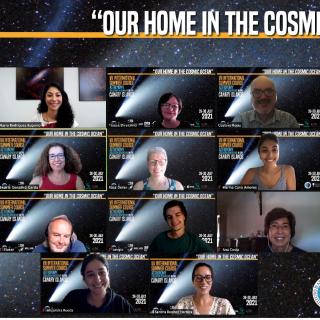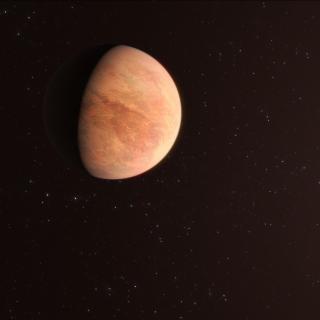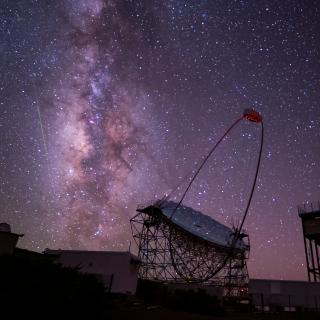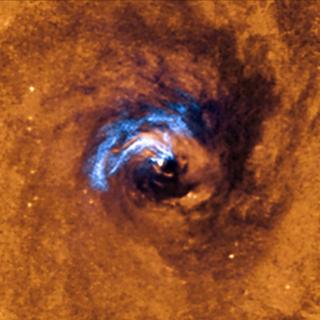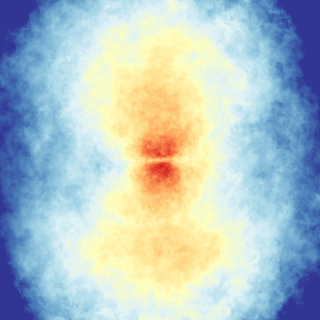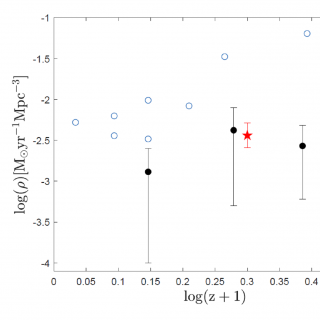
We present the analysis of a sample of Halpha, Hbeta and [OII] emission line galaxies from the OTELO survey, with masses typically below log(M */Msun) = 9.4 and redshifts between 0.4
Advertised on
This section includes scientific and technological news from the IAC and its Observatories, as well as press releases on scientific and technological results, astronomical events, educational projects, outreach activities and institutional events.

